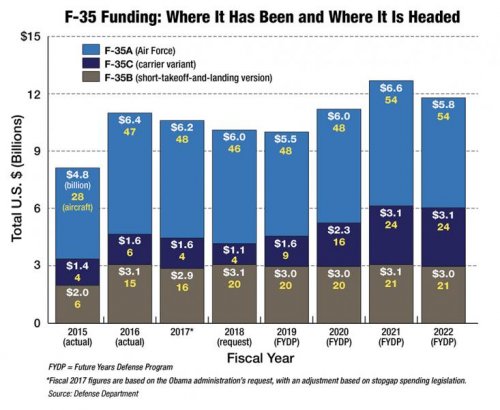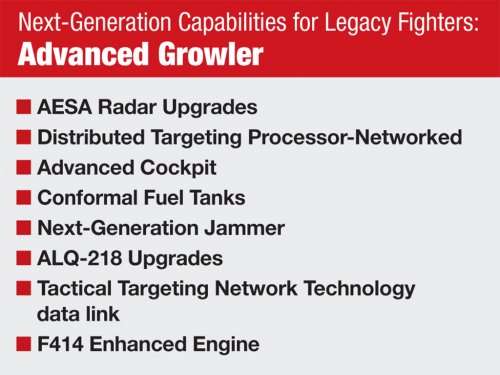OTTAWA — It once appeared the Liberal government would almost certainly buy Super Hornet fighter jets from U.S. aerospace giant Boeing Co. — but it's now clear that other options are on the table.
Aside from the Super Hornets, the government are also pondering used jets and could even end up extending the lives of Canada's CF-18s as its dispute with Boeing continues to escalate.
Speaking to reporters in Kelowna, B.C., where Liberal MPs are meeting before the return of Parliament, Defence Minister Harjit Sajjan said the government is actively looking at alternatives to the Super Hornets as an interim fighter.
"We had identified that the Super Hornets could potentially fill that gap, but ... Boeing has not been a partner, especially when it comes to dealing with our aerospace sector," Sajjan said Wednesday.
"So we are looking at other options."
Those alternatives include deploying a team of defence officials in the past few weeks to look at some of Australia's used F/A-18s, which the country is selling as it prepares to receive new F-35 stealth fighters.
Several retired air force officers say the F/A-18 is very similar to Canada's CF-18s, and buying the used planes from Australia would be much more cost effective than new Super Hornets.
"It's a far better idea than buying Super Hornets because you're at least conceptually using the same airframe," said former chief of defence staff Tom Lawson.
"If they are interested in addressing the short-term capability gap, then they may want to consider that, and it's a far, far better plan, far less expensive and far less interruptive than purchasing Super Hornets."
But Australia isn't the only option if the government is looking to strengthen Canada's CF-18 fleet on a temporary basis until they can be replaced in a full competition.
Kuwait is also looking to sell its used F/A-18s in favour of Super Hornets, while several allies will be getting rid of used F-16s and other fighter aircraft in the coming years as they are replaced by F-35s.
National Defence said officials have not visited any other countries, but it would not say whether there have been discussions about the availability of used aircraft.
Some experts have also suggested that with the U.S. Navy looking to keep many of its own F/A-18s flying past 2025, it might be time for Canada to consider extending the lives of its CF-18s again.
Officials have previously considered the option, but it was deemed too expensive because of the expected difficulty in finding parts — which would be less of a problem if the U.S. kept its jets flying.
Lisa Campbell, head of military procurement at Public Services and Procurement Canada, would not comment on specific options being considered.
"You can make sure we do our due diligence," she said in an interview. "We really do. We and the Department of National Defence. These are major purchases. They have big implications."
The Liberal government has not officially walked away from its plan to purchase interim Super Hornets, which it announced last November amid claims Canada didn't have enough fighter jets.
Campbell said officials are still waiting for the U.S. to say when the Super Hornets could be delivered, and at what cost.
The information was requested in March, and expected by the beginning of September, but it still hasn't materialized.
"We had submitted something that said: 'Here's the capability that we need, here's when we need it, here's the cost that we need it,'" Campbell said.
"We do expect a response back from them ... and we do expect that in the next couple of weeks."
Many defence insiders and industry representatives have circled Sept. 25 on their calendars as the make-or-break moment for interim Super Hornets.
That is when the U.S. Commerce Department will present the findings of its investigation — prompted by a complaint from Boeing — into whether Bombardier sold its CSeries passenger jets at an unfairly low price with help from federal subsidies.
An adverse finding could result in fines or tariffs being imposed on Bombardier, but could also prompt the Liberal government, which has criticized the investigation, to pull the plug on any deal with Boeing.
Boeing has said it won't drop its complaint to the U.S. Commerce Department because the case is important to its long-term prosperity.
During a frank phone call Tuesday with the governor of Missouri, where the Super Hornets are built, Prime Minister Justin Trudeau in turn accused Boeing of receiving billions in subsidies.
Trudeau also noted of the number of Missouri jobs that depend on the jets, and the fact Canada is the state's largest trading partner.






